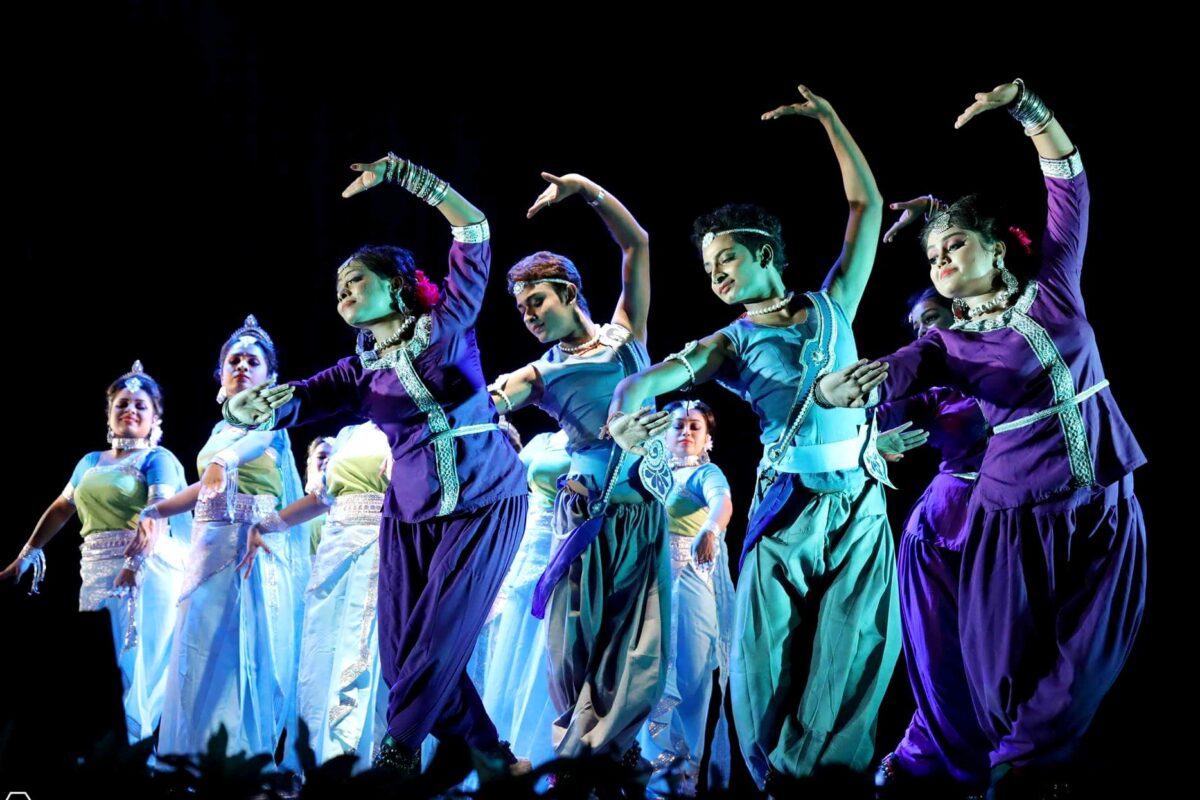India is a land of rich cultural diversity, and its dance forms are a testament to the country’s vibrant heritage. From the colourful festivals to the rhythmic expressions, Indian dance forms encapsulate the essence of tradition, storytelling, and celebration.
In this blog, we will explore the five most popular dance forms in India that showcase the nation’s incredible artistic prowess.
1. Bharatanatyam
Originating in the temples of Tamil Nadu, Bharatanatyam is one of the oldest and most revered classical dance forms in India. It is characterised by intricate footwork, expressive hand gestures, and elaborate facial expressions that convey narratives from Hindu mythology. The dance form not only preserves cultural stories but also serves as a medium to communicate spiritual and emotional themes.
2. Kathak
Hailing from northern India, Kathak is a dance form that blends storytelling with graceful movements. It has both classical and contemporary variations, and its origins can be traced back to the courts of the Mughal emperors. Kathak dancers, often adorned in stunning costumes, use intricate footwork and rapid spins to captivate audiences while narrating tales of love, mythology, and historical events.
3. Odissi
With its origins in the state of Odisha, Odissi is a dance form that celebrates devotion and spirituality. It is characterized by fluid and sinuous movements, inspired by the sculptures of ancient temples. Odissi dancers evoke emotions through their expressions and gestures while depicting stories from Hindu epics. The dance form’s emphasis on grace and elegance makes it a truly mesmerising experience.
4. Kathakali
Hailing from the southern state of Kerala, Kathakali is a visually striking dance form known for its elaborate makeup, costumes, and intense facial expressions. Often performed as part of traditional theatrepp, Kathakali tells stories from the Indian epics using a unique blend of dance, drama, and music. The performers undergo rigorous training and use vibrant colours to bring characters to life on stage.
5. Bhangra
Moving away from classical forms, Bhangra is a lively and energetic dance style originating in Punjab. It is a celebratory dance performed during festivals and occasions like weddings. Accompanied by vibrant Punjabi music, Bhangra involves vigorous footwork, lively jumps, and joyful expressions. Over the years, Bhangra has gained global popularity and is often seen in Bollywood movies.
Conclusion
Indian dance forms are a reflection of the country’s cultural diversity and artistic heritage. From the spiritual expressions of Bharatanatyam and Odissi to the dynamic energy of Bhangra, each dance form carries its own unique narrative and significance. These dances not only entertain but also preserve the rich traditions and stories that have been passed down through generations. So, the next time you witness these mesmerizing dance forms, remember that you’re experiencing a glimpse of India’s soulful rhythm and captivating tales.
 Flat No. B3, 10D, Ananda Palit Road, Entally, Kolkata - 700 014 |
Flat No. B3, 10D, Ananda Palit Road, Entally, Kolkata - 700 014 | 








